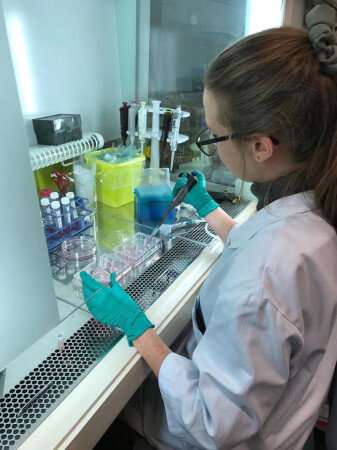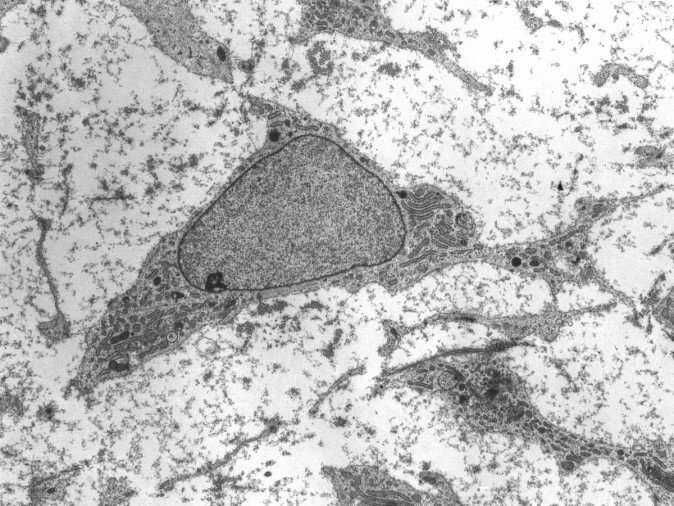Mini-hearts are similar to human hearts

Vanessa Solvang is a master's student in biotechnology and has chosen to specialize in cell and molecular biology. She spends a lot of her time cultivating and studying mini-hearts at NTNU's Laboratory Centre (Laboratoriesenteret).
Here you'll find mini-hearts, mini-brains, mini-lungs and mini-eyes growing, which the researchers use to study diseases and possible treatment methods.
Made from the body's primal cells
Vanessa and many others use a method of creating mini-hearts in their studies that starts by retrieving skin cells from people who have a heart defect.
"We take a skin biopsy from patients with various heart defects. From the skin cells we grow fibroblasts. This is a type of cell that we then grow stem cells from, which is the starting point for further production into heart cells," says Vanessa Solvang.
Stem cells are the body's primal cells. In a fetus in the mother's womb, the stem cells develop little by little into different cell types. For example, some become lung cells and form lungs, some become cartilage cells and form noses and ears—and some become heart cells and build a heart.
The same thing happens in the lab, but in small petri dishes and under human control and supervision.
"It's amazing how you can use stem cells for all kinds of things!" says Solvang.
Beating mini-hearts
Vanessa Solvang is part of the team that guides the stem cells to become heart cells. The small beating heart cells need continuous feeding and care to live and pulsate. Since the building material for these cells comes from people with a heart defect, the cells carry this information with them in their genes.
And this is exactly what the researchers are interested in studying: they'll try to understand the heart defect and its genetic material and study the course of the disease. The goal is to find treatment methods and perhaps in the long run be able to prevent inherited heart disease.
"Knowledge is the key to finding solutions," says Solvang.
She notes that in some cases it's just as important to study healthy heart cells to better understand their functionality and responses to various stimuli.
Mini-hearts are similar to human hearts
The student researchers are growing something called cardiac organoids. These are heart cells that together form structures like a heart in a living human being.
"The advantage of cardiac organoids is that they're similar to the heart tissue in humans. It makes it easier for us to study and understand how a human heart works, and we can study the course of a disease. It's also conceivable that with this knowledge we'll be able to find treatments for various heart diseases," says Solvang.

The research being done on mini-hearts is a collaboration between the Clinic of Cardiology and the Children's Clinic at St. Olav's Hospital and the research group for medical genetics at NTNU's Department of Clinical and Molecular Medicine.
Solvang is part of the research teams led by Professor Magnar Bjørås. He is one of the project leaders involved with the work on NTNU's coronavirus test.
Course of study not affected by coronavirus
In addition to culturing heart cells, Vanessa Solvang creates protocols.
"The main focus of my master's thesis is to establish a robust protocol for producing cardiac organoids from human stem cells. This involves testing different chemicals—both what types and in what concentrations—that are required to direct the stem cells to become heart cells," she says.
Her work also involves finding the best technique for assembling the cells into 3D structures as shown in the video.
Solvang will submit her master's thesis in May, and despite the coronavirus pandemic, she's finding that her studies have gone well.
"The coronavirus hasn't affected my course of study. I've mostly been working in the lab, in a safe environment and with very good infection controls. And the environment here is fantastic," she says.
This story is republished courtesy of ScienceNordic, the trusted source for English-language science news from the Nordic countries. Read the original story here.



















